Sustainable Architectural Solutions During GFF’s 2nd Annual Earth Week Celebration
Emily Mendez is an Associate, Interior Design Leader and the Director of Sustainability with GFF, Inc
Finding the perfect blend of beauty, functionality, cost, and sustainability can be quite a challenge. However, as we celebrate the 2nd annual Earth Week at GFF, we aim to demonstrate that these goals can coexist harmoniously. Our week-long event includes educational activities and discussions centered around environmentally conscious building practices and the American Institute of Architects (AIA) Framework for Design Excellence.
The AIA Framework for Design Excellence is an outline for integrating sustainability into all aspects of building projects, including aesthetics and cost. The framework emphasizes a cohesive approach, promoting an interconnected design process that prioritizes equitable communities, ecosystem preservation, resource efficiency, well-being, adaptability, and continuous learning. This comprehensive approach serves as a valuable guide for building owners embarking on sustainable projects.
https://www.aia.org/resources/6077668-framework-for-design-excellence

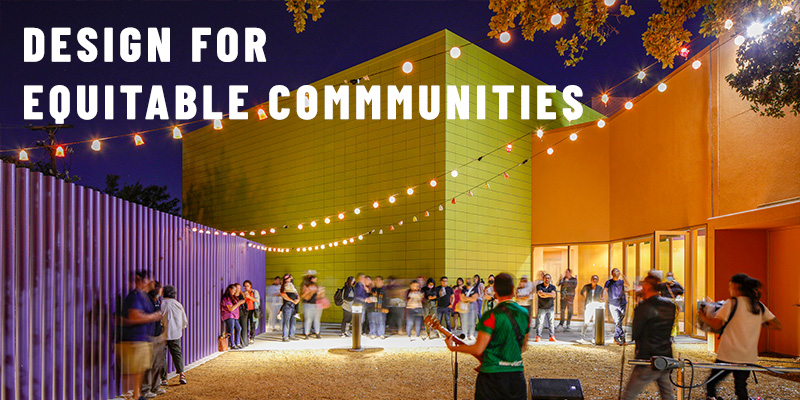
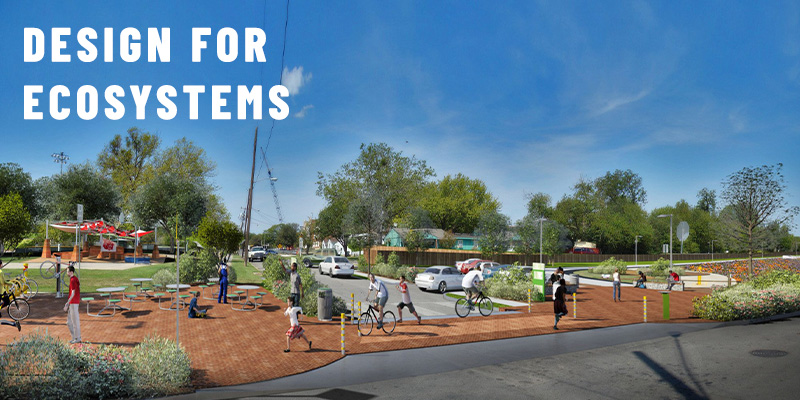

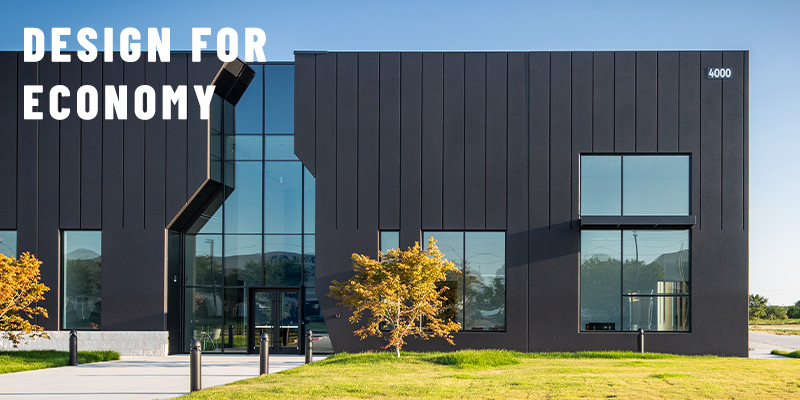
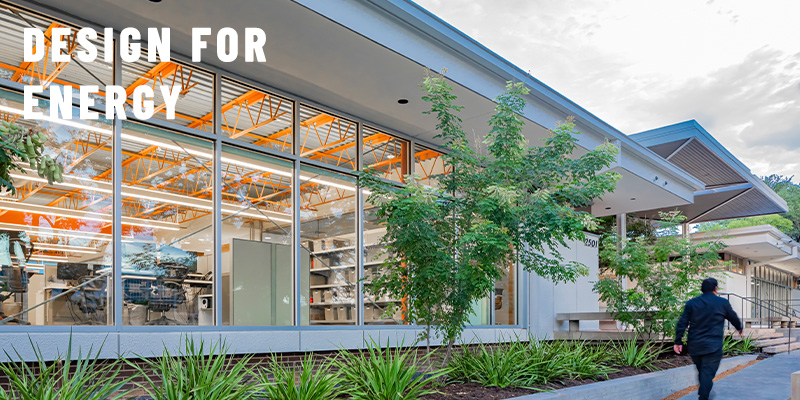
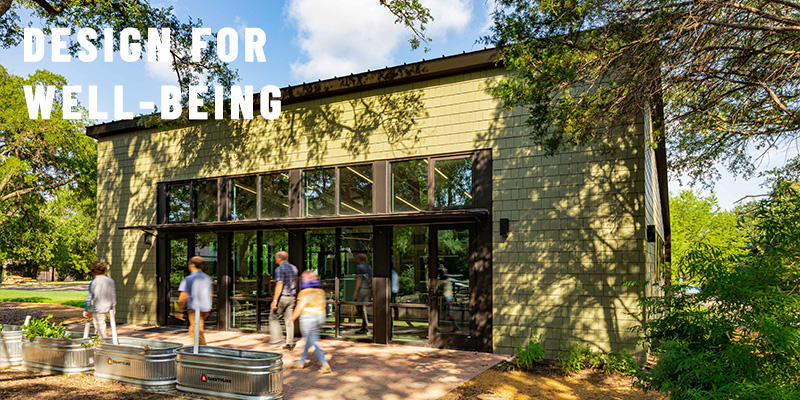
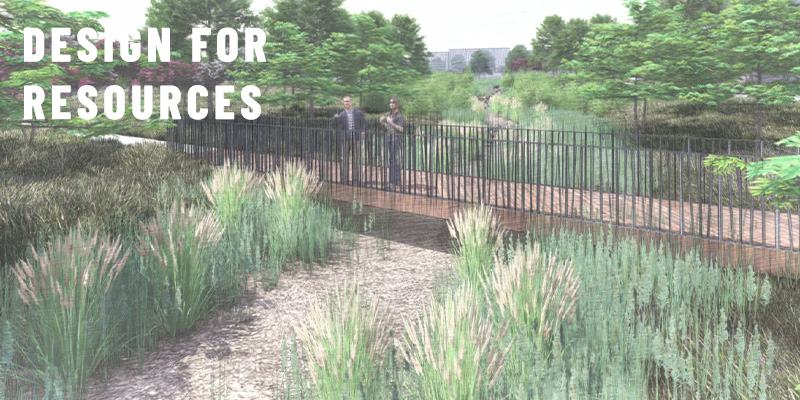
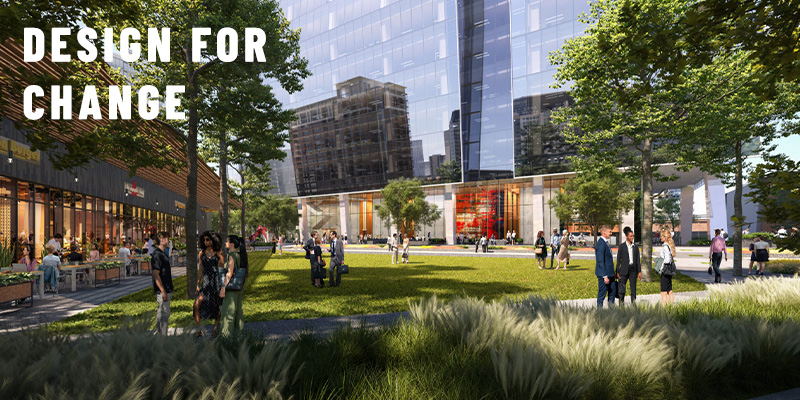
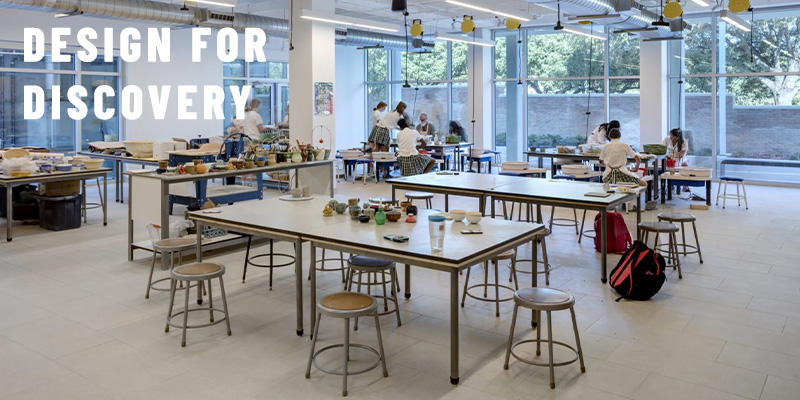
Embarking on a sustainable building project may seem daunting, especially for those unfamiliar with environmentally-friendly construction practices. However, by following the principles of the AIA Framework for Design Excellence, several key strategies can significantly improve a project’s sustainability while also accrue operating cost savings. One crucial aspect is encouraging the reduction of energy, water, and new building materials. By doing so, you contribute to a more sustainable construction process and experience cost savings through energy-efficient systems, water-saving fixtures, and recycled materials.
Another vital consideration for sustainable building projects is selecting long-lasting materials that can withstand extreme weather events. By opting for durable materials, you reduce replacement costs and minimize landfill waste. This strategy also ensures that your building remains structurally sound and resilient in the face of unpredictable climate conditions.
Focusing on designing projects that benefit the surrounding community is essential for sustainable architecture. A building should not only be aesthetically pleasing but also contribute positively to the area in which it is situated. Engaging with the local community, understanding their needs and preferences, and incorporating these insights into the design process can help create a more inclusive and sustainable built environment.
Ecological sensitivity should also be a priority when planning a project. Choosing materials and landscaping solutions that are friendly to birds and other natural wildlife can reduce negative impacts on local ecosystems and promote biodiversity. For example, using bird-safe glass, planting native vegetation, and creating habitats for local species all contribute to a more ecologically sensitive design.
Lastly, if possible, make use of an existing building. Upgrading an existing structure can often be more environmentally friendly than even the most sustainable new building, both in terms of waste reduction and energy consumption. Renovating or retrofitting an existing building breathes new life into a space, preserves historical elements, and minimizes the need for new construction materials.
In conclusion, by incorporating the five key strategies outlined above into your construction process and aligning with the principles of the AIA Framework for Design Excellence, it is possible to prioritize beauty, function, cost, and sustainability in architecture simultaneously. As we celebrate GFF’s Earth Week, let’s keep these principles in mind and implement the suggested practices, contributing to a more sustainable and aesthetically pleasing built environment while delivering significant cost savings and long-term value.
Firm News
Turning On A New Light
We are excited to start 2024 with a new logo, inspired by our new headquarters in the heart of the vibrant Victory Park neighborhood of Dallas. This transition is more than just a change of logo and address; it is an improved reflection of who we are and where we want to go as an industry-leading, design-focused firm.
Designing Spaces that Reflect Our Clients’ Mission
In honor of Historic Preservation Month, GFF will be a Bronze Sponsor for the 2023 Preservation Dallas Preservation Achievement Awards on May 17th, 2023.
Life Fellowship Church Unveils Newly Transformed Campus
GFF developed a new comprehensive campus master plan for Life Fellowship Church (LFC) located in McKinney, Texas, which includes renovation and expansion of their current campus to include a 1,200-seat future worship center, a weekday preschool, additional adult classrooms, and an administrative suite on a very compact site.
Protecting Our Feathered Friends
As cities grow and buildings become taller, the need to protect the earth's bird population is becoming more urgent. Thankfully, there are solutions to mitigate the problem, including guidelines for bird friendly glazing selections and building design features.





